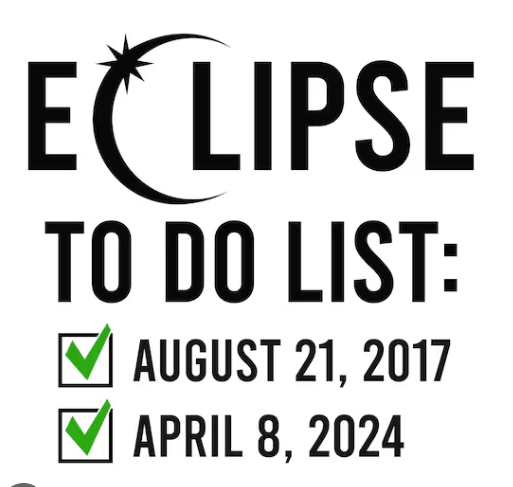Side-Bar: From Where did Even-SHoshan Get his word count?
Even-Shoshan lists his reference as Rabbi Chaim Mordechai Brecher, who published a Yiddish translation of the entire Hebrew Bible. (Brecher was born in what is now the Ukraine in 1880 and died in New York in 1965. His Yiddish translation was published in New York in 1941, and was republished six times, the last in 1957.) At the end of the second volume of his translation (p. נא), R. Brecher addressed the thorny question of the letter and word counts in our Torahs, and had this to say:
The truth is, this [question of how many words there are in a Sefer Torah] is astonishing, and I couldn't rest because of it. So I decided to count them, and I, myself, counted all the words in the entire Torah. In order to make it clear to the reader that I didn't make a mistake in my count, I am here providing a list of all the verses in all the chapters as they are currently divided...My count is correct. As the ancient wise men say: Love Plato, love Aristotle, and love the truth most of all.
R. Brecher's total word count is 79,976 (although this count actually comes from here) - and so his half way point in the Torah is word #39,988.
The Misplaced Middle of the Torah
According to the Talmud, the middle letter of the Torah is the Vav of the word Gachon, (גחון) found in פרשת שמיני. However this claim is way off. Since there are about 304,805 letters in the Torah scrolls in use today, (I say about because of what we have just noted regarding the precise count,) the middle letter would be letter # 152,403, the first word of this verse (Lev 8.29):
ויקרא פרק ח פסוק כט
ויקח משה את החזה ויניפהו תנופה לפני יקוק מאיל המלאים למשה היה למנה כאשר צוה יהו–ה את משה
However the Vav of the word Gichon, is letter #157,236 - off by 4,833 letters. Oy.
It's no better regarding the words. If we go with the actual word count as being 79,980, then the middle words are # 39,990 and #39,991. These are the words יצק אל in verse below (Lev. 8:18):
ויקרא פרק ח פסוק טו
וישחט ויקח משה את הדם ויתן על קרנות המזבח סביב באצבעו ויחטא את המזבח ואת הדם יצק אל יסוד המזבח ויקדשהו לכפר עליו
But the middle words of the Torah, according to Today's daf, are דרש דרש found over 900 words later (Lev.10:16):
ויקרא פרק י פסוק טז
ואת שעיר החטאת דרש דרש משה והנה שרף ויקצף על אלעזר ועל איתמר בני אהרן הנותרם לאמר
That's a lot of letters to miscount, especially if your name is "the counter." Several suggestions have been made to address these discrepancies:
1. The text of the Torah that the rabbis of the Talmud were using was significantly different to the one we use today. This is possible, but then why does the Talmud never cite of any of these extra words and verses? The discrepant count is about 3% - that's a lot of missing text.
2. The rabbis in the Talmud were not good at math. Again, possible, but the Talmud claims that they took the counting so seriously that they were called COUNTERS. It also claims that they undertook the counting exercise on several different occasions. Were they really that bad at math?
3. The rabbis in the Talmud didn't mean this count to be taken literally. While many apologists like this answer, it is at total odds with the text. The Talmud states: they counted.
4. The rabbis guesstimated the count. Perhaps the rabbis never really counted, but guessed at where the middle of the Torah lay: somewhere in the middle of the middle of the Five Books. After that, the letter vav of the word Gachon became the official midpoint, even though it was not accurate. The problem with this suggestion is again, that the Talmud states that the soferim actually counted, and counted again. Not that they guessed, and guessed again.
Science, Math and Judaism
Of all the scientific disciplines, it is mathematics that is first introduced to us. We teach toddlers to count, sometimes before they can even walk, and we all pursue some kind of mathematical training through high school. Unlike medicine or physics or biology or astronomy, mathematics is something we all do, to some degree. And we all understand what counting means. This passage in the Talmud is the most readily understandable example of a conflict between science and Judaism. It is a conflict in which the basic text of rabbinic Judaism declares a fact that is, well, just not a fact. Some find this conflict to be so intellectually troubling that their only path is to reject Jewish practice. Others, equally aware of the conflict, are comfortable with their intellectual position in which the scientific inaccuracies of the Talmud require no wholesale rejection of Jewish practice. Where do you fit on this spectrum, and, perhaps more importantly, what can you do to engage in a respectful dialogue with those whose opinions on these matters are not your own?














